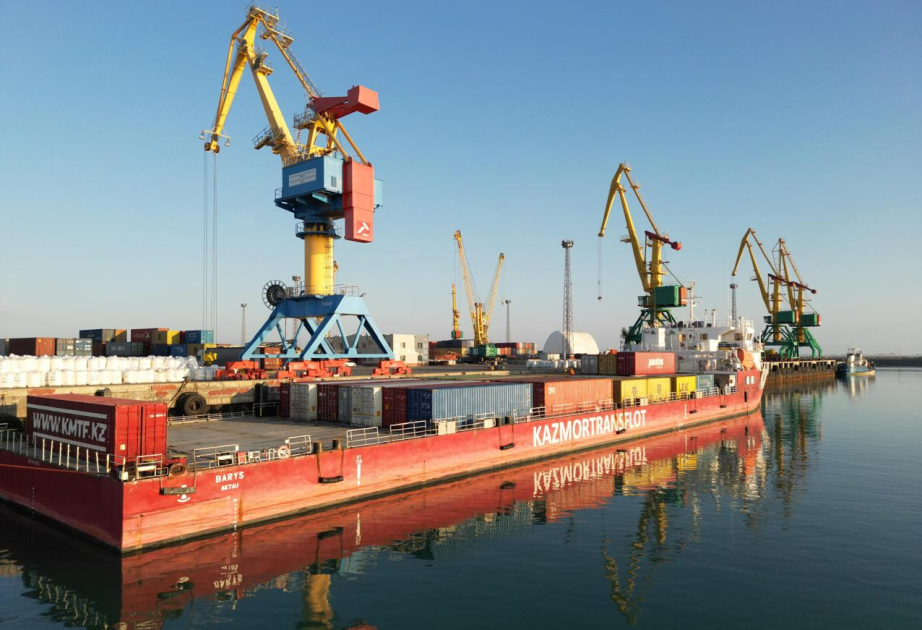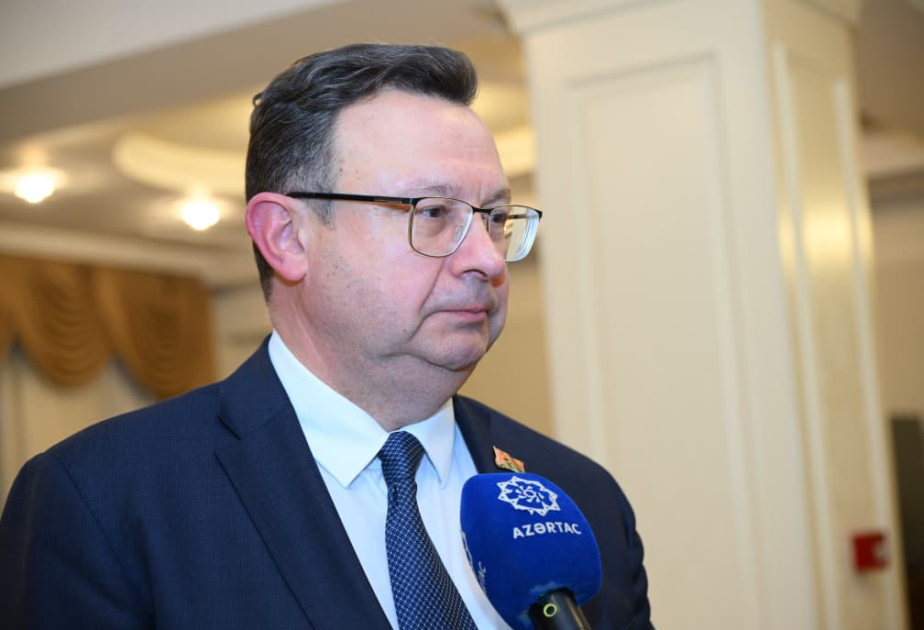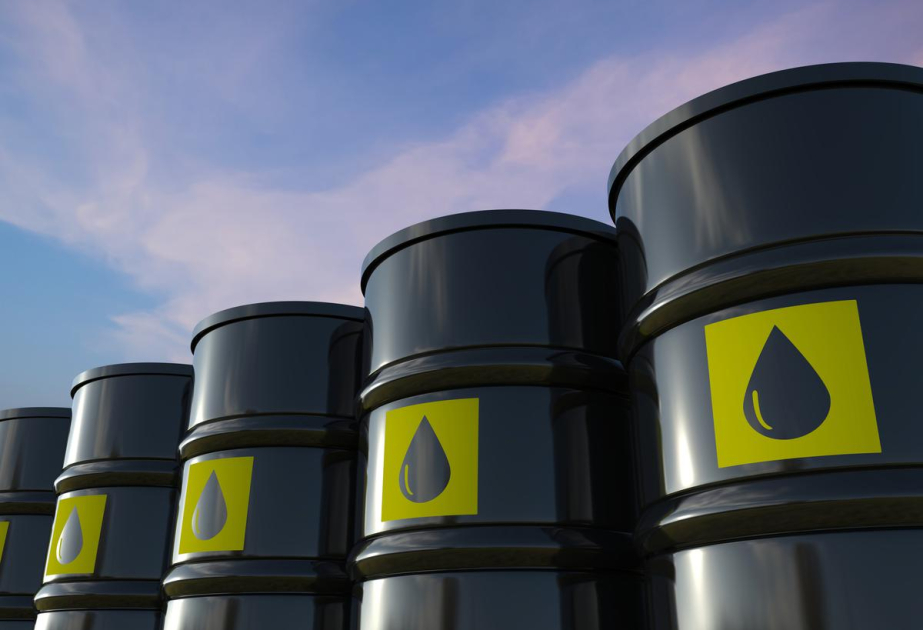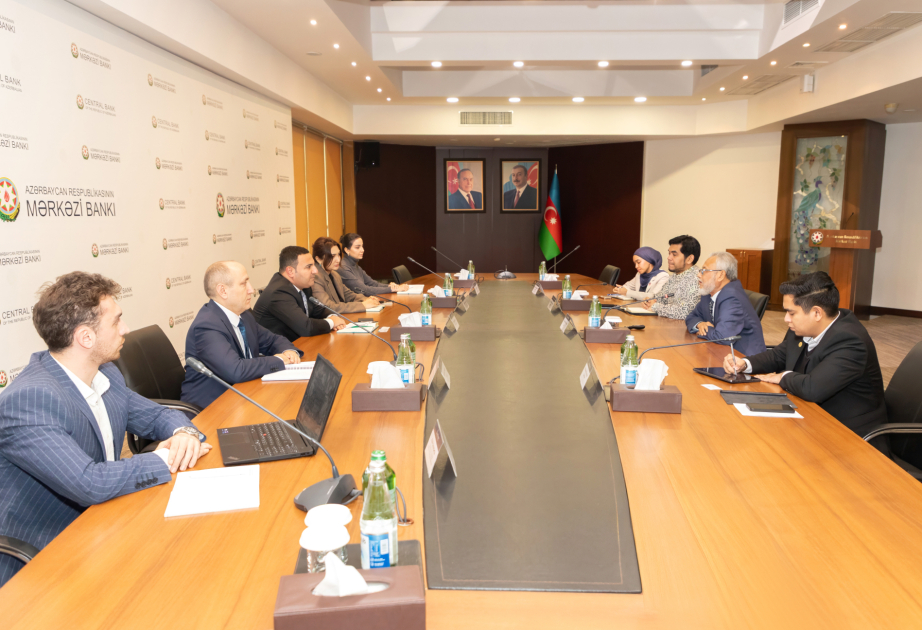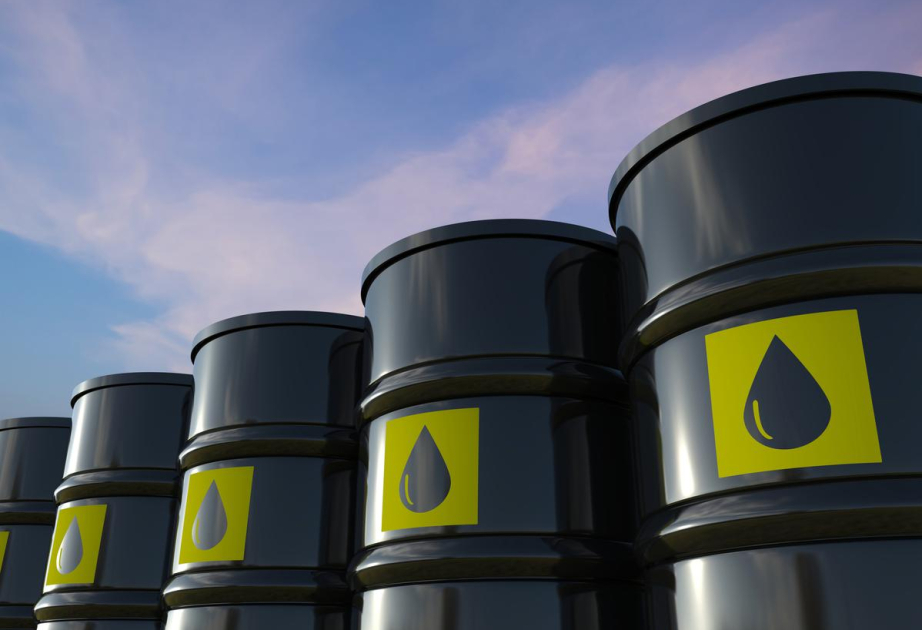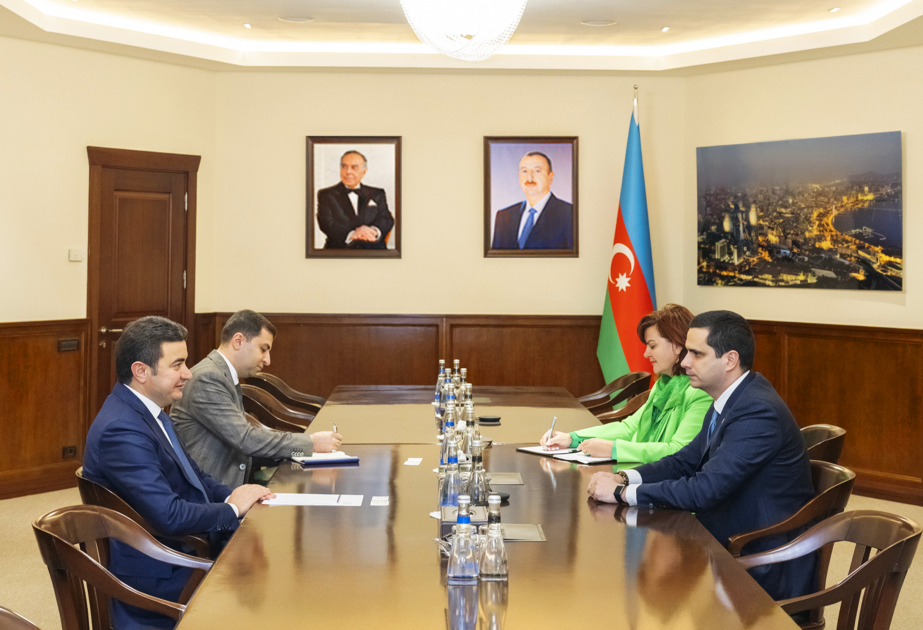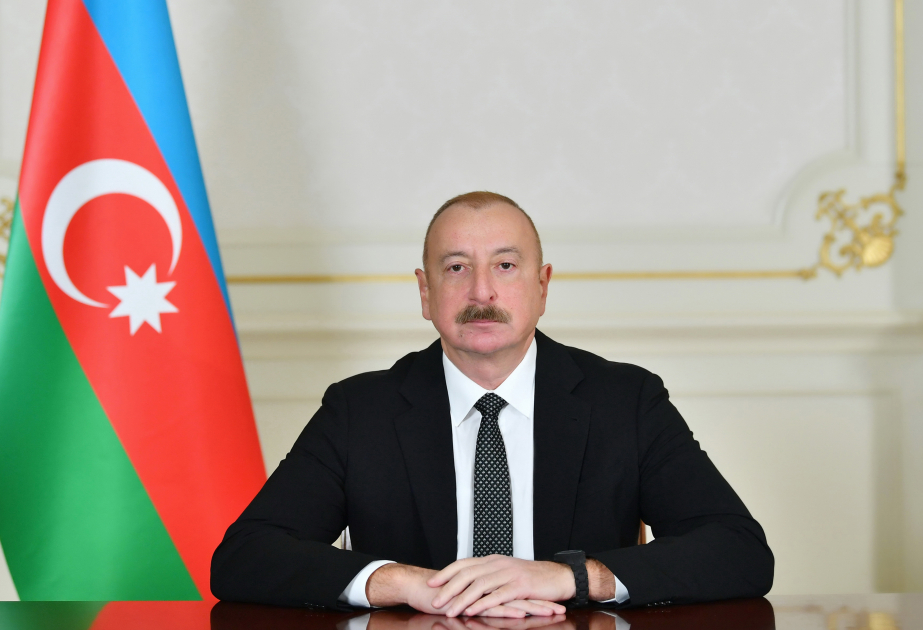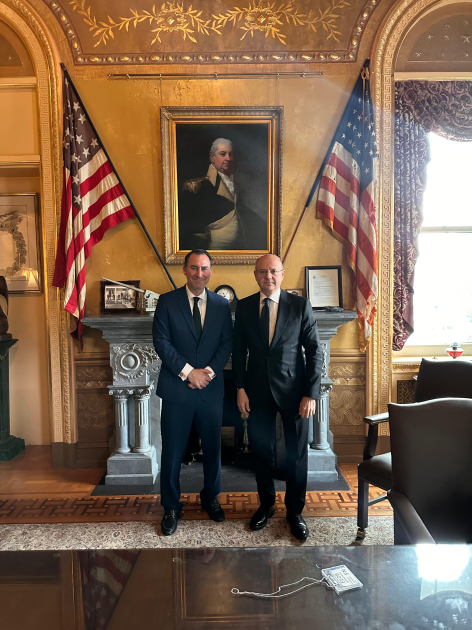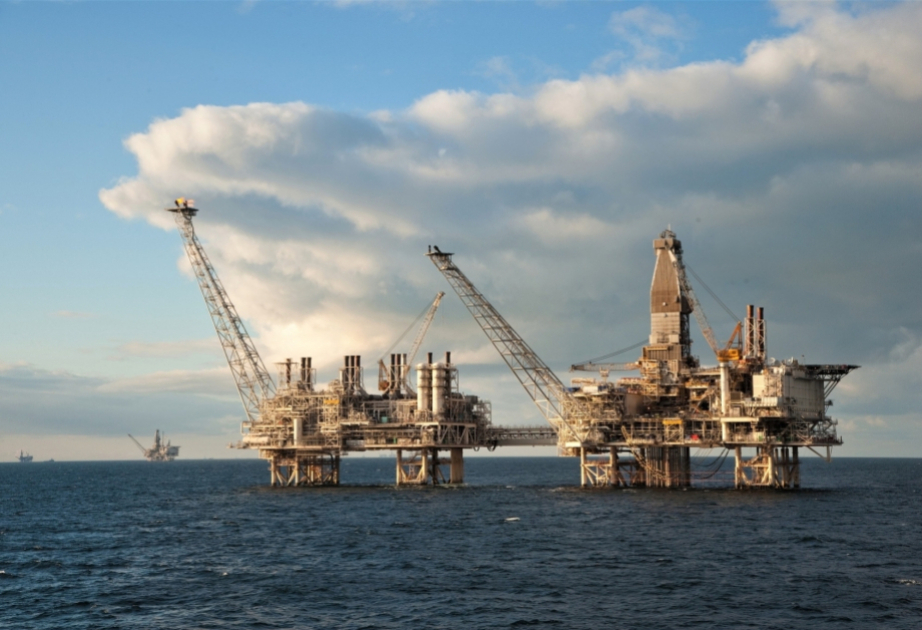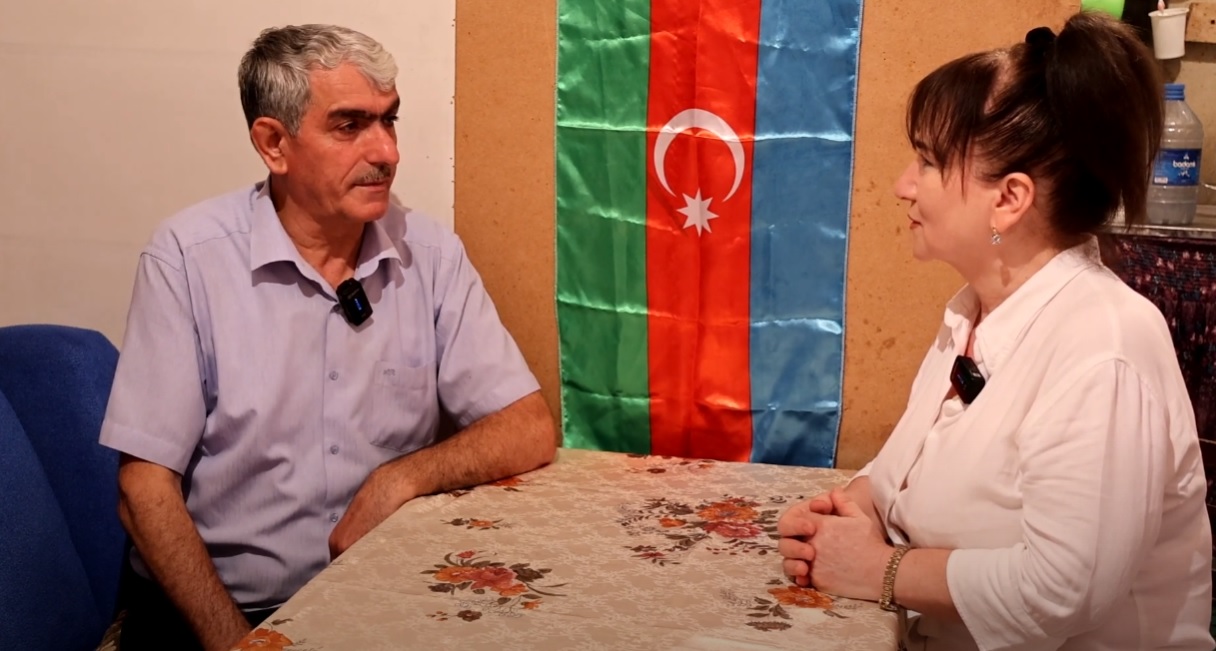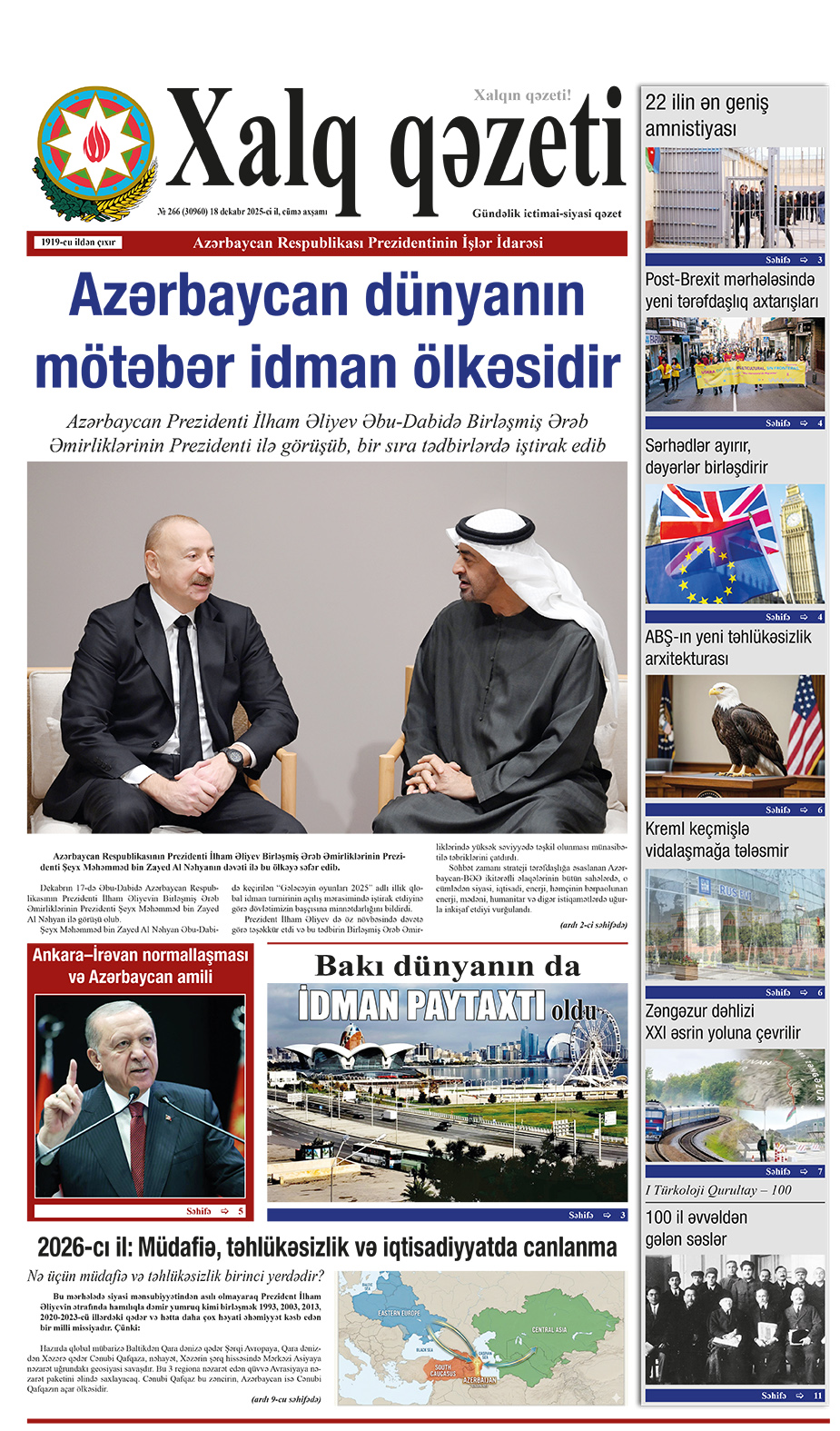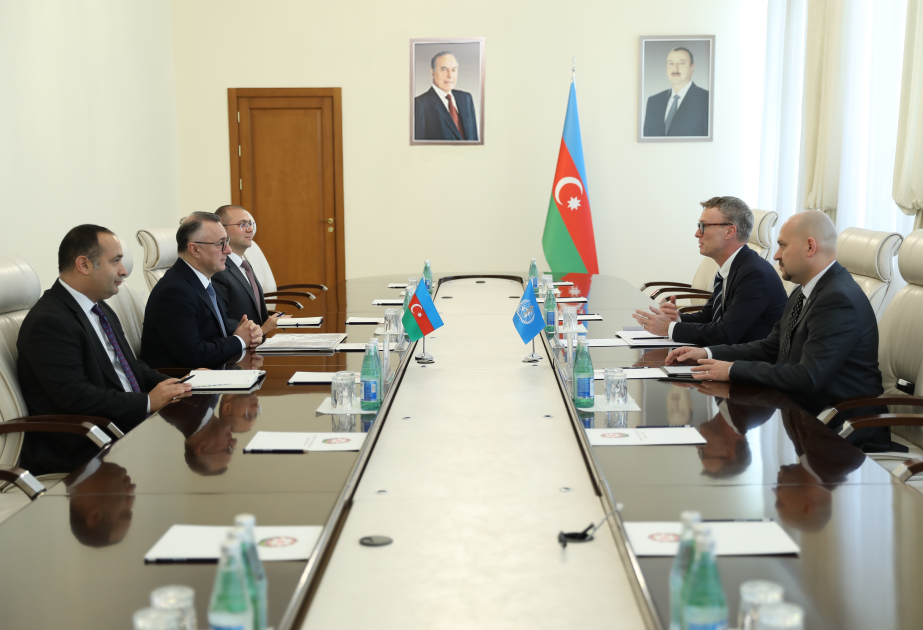Nuclear power is expected to reach a new record in 2025, reads the new International Energy Agency (IEA) report "The Path to a New Era for Nuclear Energy," Report informs.
According to the report, being the world's second-largest source of low-emission electricity after hydropower, nuclear power currently produces slightly less than 10% of global electricity supply.
The IEA believes that the revival of nuclear power development may usher in a new era for a safe and clean energy source, as electricity demand worldwide is rapidly growing.
“It’s clear today that the strong comeback for nuclear energy that the IEA predicted several years ago is well underway, with nuclear set to generate a record level of electricity in 2025,” said IEA Executive Director Fatih Birol. “In addition to this, more than 70 gigawatts of new nuclear capacity is under construction globally, one of the highest levels in the last 30 years, and more than 40 countries around the world have plans to expand nuclear’s role in their energy systems. SMRs in particular offer exciting growth potential. However, governments and industry must still overcome some significant hurdles on the path to a new era for nuclear energy, starting with delivering new projects on time and on budget – but also in terms of financing and supply chains.”
In addition, over the past five years, decisions have been made to extend the operational life of more than 60 reactors worldwide, which represents almost 15% of the total nuclear fleet. Annual investments in nuclear energy, covering both new plants and life extensions of existing ones, have increased by almost 50% over three years since 2020, exceeding $60 billion. In a rapid nuclear growth scenario, annual investments will need to double to $120 billion by 2030.
The report also notes that under current policies, Small Modular Reactor (SMR) capacity will reach 40 GW by 2050. However, the industry's potential is significantly higher. If nuclear energy support is strengthened and regulations are simplified, SMR capacity could triple to 120 GW by mid-century, with the number of reactors exceeding a thousand. This will require investments: from less than $5 billion currently to $25 billion by 2030, and a total of $650 billion by 2050.
"However, governments and industry must still overcome some significant hurdles on the path to a new era for nuclear energy, starting with delivering new projects on time and on budget – but also in terms of financing and supply chains,” reads the report.
According to IEA experts, the deployment of new nuclear projects requires significant investments that cannot be covered by government funding alone. The private sector increasingly sees nuclear power as a profitable source of clean, reliable, and competitive energy for round-the-clock supply of energy-intensive operations.



